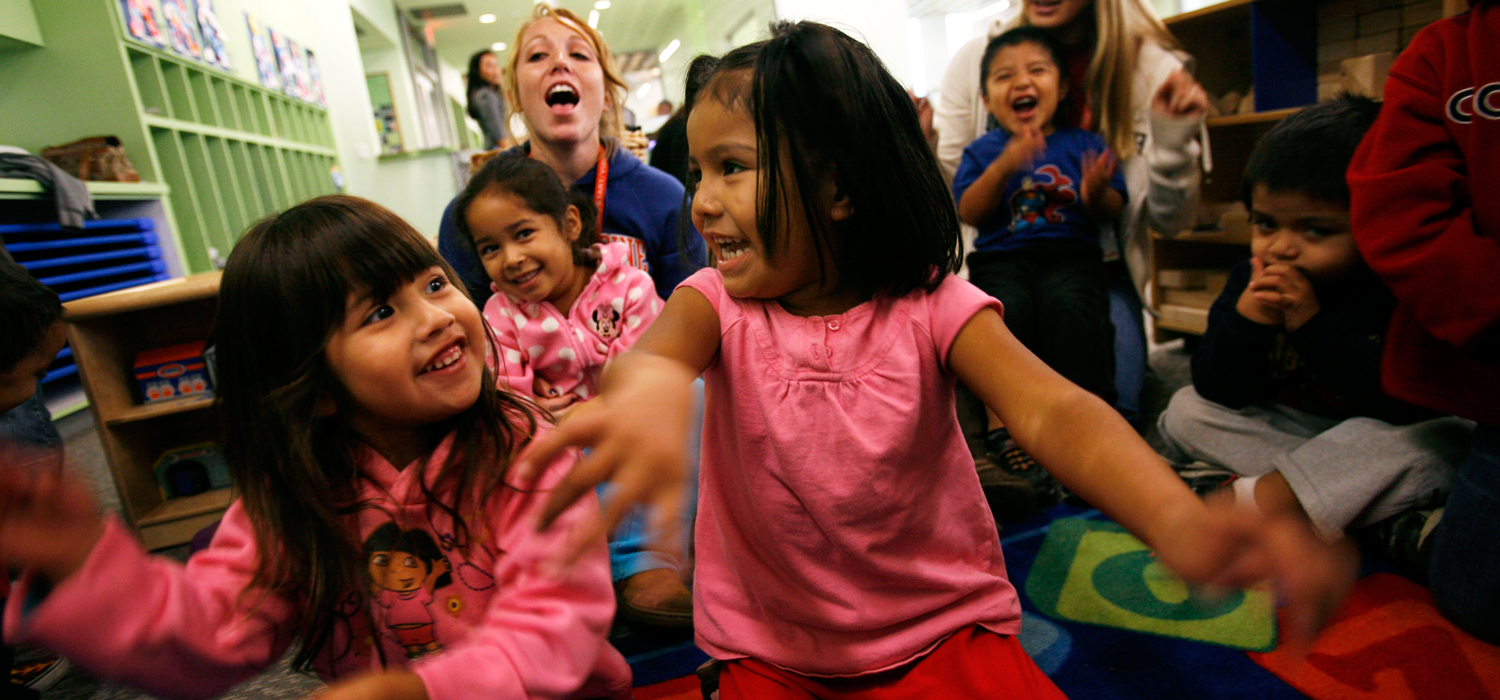
Much of the research on children of immigrants—children under age 18 with a foreign-born parent—focuses on the risk factors and challenges faced by this population, and not the assets they possess.
One of their biggest assets is their high rate of bilingualism. The recently updated Children of Immigrants data tool shows that 56 percent of children of immigrants are bilingual, meaning that they are both proficient in English and speak a language other than English at home.
Previous studies have highlighted the numerous benefits associated with bilingualism, including increased earnings as an adult and gains in cognitive abilities such as reading and verbal fluency. In addition, in an increasingly global economy, foreign language skills are an asset in many occupations.
What else do we know about the language skills of children of immigrants?
- Nearly 6 in 10 have a parent who is limited English proficient (LEP). For many children of immigrants, their bilingual skills represent intergenerational gains in English skills. Fifty-nine percent of children of immigrants have at least one parent who is LEP. Of those children, 10 percent speak English alone, 68 percent are bilingual, and 21 percent are LEP as well.
- While most bilingual children of immigrants speak Spanish (71 percent), the remaining 29 percent speak a wide variety of languages. Four percent speak Hindi and related languages, 3 percent speak Chinese, and 2 percent each speak Arabic, French, and Vietnamese. All other languages make up less than 2 percent of the languages spoken by bilingual children of immigrants.
- These skills are concentrated more heavily in certain parts of the country. Of the largest 100 US metropolitan areas by population, McAllen, Texas (71 percent), Bakersfield, California (69 percent), and Albuquerque, New Mexico (67 percent), have the highest shares of bilingual children of immigrants. Honolulu, Hawaii (26 percent), Jacksonville, Florida (32 percent), and Palm Bay, Florida (32 percent), have the lowest shares. In areas with low levels of bilingualism, most children of immigrants speak only English, suggesting that they are at risk of losing their heritage language.
While children of immigrants are more likely to be poor or low income than their native-born peers, their language abilities are an important strength that sets them apart. Schools and policymakers should invest in the language development of children of foreign-born parents, including both those who are not proficient in English and those who need further development of their heritage language.
For example, many children of immigrants who speak another language at home and English fluently cannot read or write in their parents’ native language. To be fully and truly bilingual, these children need to be supported by the education system through classes offered in their public schools and universities.
Rather than only focus on the challenges that children of immigrants face, we should recognize their many strengths. Bilingualism is an asset to children of immigrants and should be supported and nurtured.
Tune in and subscribe today.
The Urban Institute podcast, Evidence in Action, inspires changemakers to lead with evidence and act with equity. Cohosted by Urban President Sarah Rosen Wartell and Executive Vice President Kimberlyn Leary, every episode features in-depth discussions with experts and leaders on topics ranging from how to advance equity, to designing innovative solutions that achieve community impact, to what it means to practice evidence-based leadership.